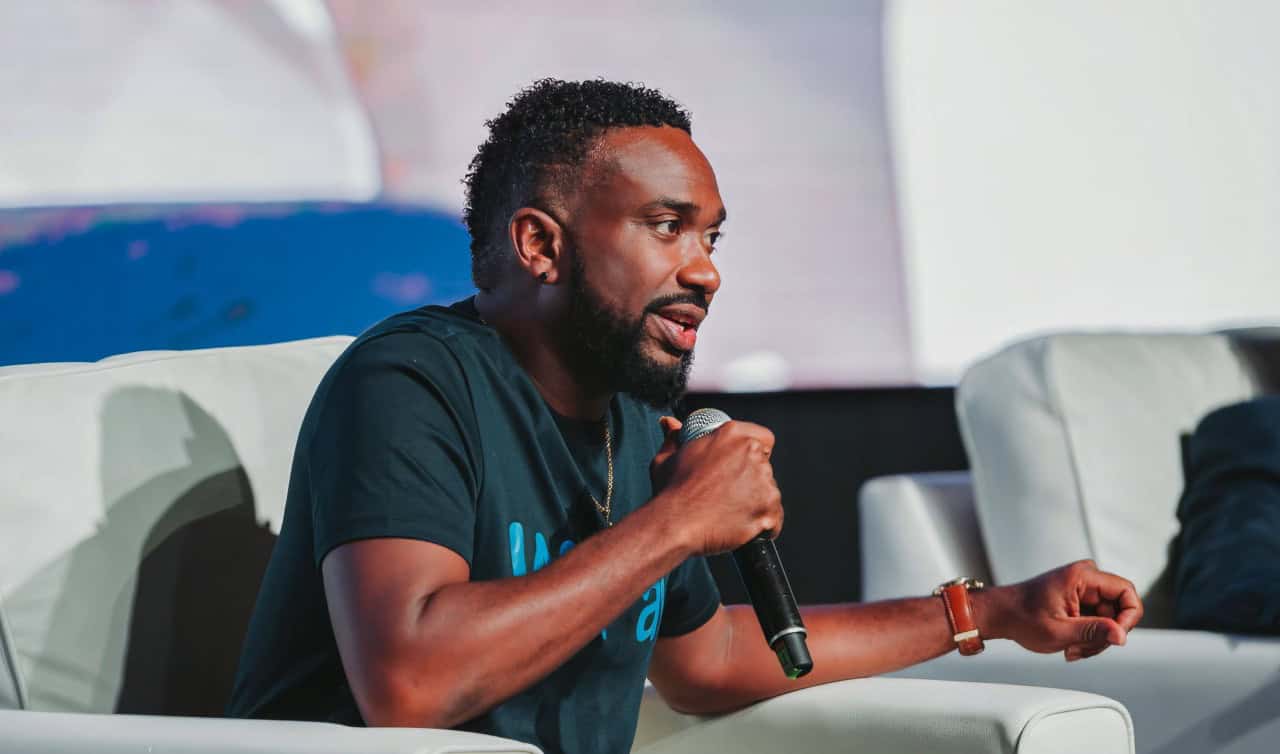
Above: Photo by lightfieldstudios/123RF.com
BitDepth#1455 for April 22, 2024
FT Strategies’ next generation news report found six areas of engagement where traditional media organisations might make inroads with a youthful news audience.
The next generation news report offered six strategies for media houses to consider. Building affinity. Enhancing customisation and personalisation. Developing socially native content. Matching language to audience. Adapting to consumption patterns. Empowering readers with information and guidance.
Building affinity demands a fundamental rethinking of how and who in news delivery. Credibility has become personal. Who is delivering the news and what is understood about them is becoming as important as the journalism itself.
Journalists who are seen as identifiable personalities with perspectives that align with their intended audience won’t be influencers in the traditional reading of the term, but they will win a more attentive ear. The era of the faceless, opinion-free news drone is over now.
Advisory board members for the project suggested partnerships with independent creators and cultivating diverse approaches to delivery in the newsroom as potential strategies.
Developing news teams that embrace diversity and authenticity in their reporting while following established journalism structure and accountability is another.

Diagram from the Next Gen News report.
What does customisation and personalisation mean in the context of news consumption?
Ruona J. Meyer, an investigative journalist and advisory board member suggested introducing options to filter news at source might create customised experiences for audiences.
“If you go to a shopping site you can filter down to the colour, size, etc. Why
can’t we filter this way for news?”
That represents a big change from the serendipity of adjacency that has eternally been an underpinning of traditional news discovery.
On social media, algorithms do this type of filtering for the user based on their experience on the platform.
News delivery that aspires to be more than an information dump from broadcast or print channels must adapt to this online expectation, but it’s going to be an uphill effort for media organisations used to serving news buffet style to design à la carte service.
And the best systems are programmed into the digital delivery system not bolted on.
Artificial intelligence offers options to summarise and bullet point complex stories on the fly for TLDR readers. Newsletters that deliver links to selected content offer an easy start to offering consumption customisation.
The news audience has moved from the computer to the smartphone. Delivery must be designed for mobile first to stand any chance of engaging a young audience.
Deep dive journalism remains a point of distinction and strength for news media, but presenting it as a fait accompli is no longer enough.
With social media positioned as the preferred news discovery medium for next generation audiences (despite vigorous claims to the contrary from Meta), the importance of recasting news as native content for platforms like Tik Tok and Instagram will only grow in importance.

Diagram from the Next Gen News report.
Studies in three EU countries found that just 3.4 per cent of total online browsing went directly to news websites.
Meta’s dismissal of the value of professional news content is only possible because the unconfirmed, rehashed and fake news that floods its platforms drives user engagement.
One solution is to create social media native brands designed to deliver selected reporting shaped to be effective on specific platforms.
Here’s the scary bit. Not every bit of social media content needs to be tied back to the news website, but even satellite brands should be consistent with the news brand.
Wirecutter. Cooking. The Athletic. Wordle. All are brands of the New York Times that have their own dedicated audiences online.
Modernising language is another challenge. News has already had to respond to accusations that it is hard to follow, but changing language is hard to do incrementally.
More achievable is declaring a ceasefire on jargon and unnecessarily complex language and emphasising multiple entry points for long, detailed stories with clearly demarcated links to background stories and reference information.
For particularly complex and long form reporting, news capsules that explain relevant past incidents or facts may serve to increase interest and understanding.
The traditional method for dealing with big stories, reporting supported by follow up would be better served by clustering reporting, breaking out big topics into areas of reporting and investigation that may tap into specialties that cross newsroom desks.
Carnival, for instance, is usually a long chase of emerging popularity and buzz and not an enterprise level engagement with a season of events that consumes more than a quarter of the year.
The audience won’t grow into appreciating existing modes of news delivery, they are more likely to continue to ignore it.
And selective news avoidance is growing. It might be argued that user customisation of the news source facilitates that, but it’s the choice between getting readers for some of the news or getting no readers at all if the audience chooses to avoid the media source entirely.
One suggestion for addressing difficult news and audience indifference to it is to find ways to get the consumer involved.
The new buzzword for this is solutions journalism, reporting that poses the problem and offers solutions that the wider public can engage with.
For some issues, this can evolve into advocacy journalism, which the GuardianUK has undertaken vigorously regarding climate change.
Such engagements with the public are only the forerunner of journalism’s future as a collaborative craft, initiated by journalists and shaped as they engage with the news audience.
Media houses that adapt their news delivery to the demands of the next generation audience will have the best chance of surviving the biggest change in news consumer demographics in generations.







































[…] Caribbean – FT Strategies’ next generation news report found six areas of engagement where traditional media organisations might make inroads with a youthful news audience… more […]